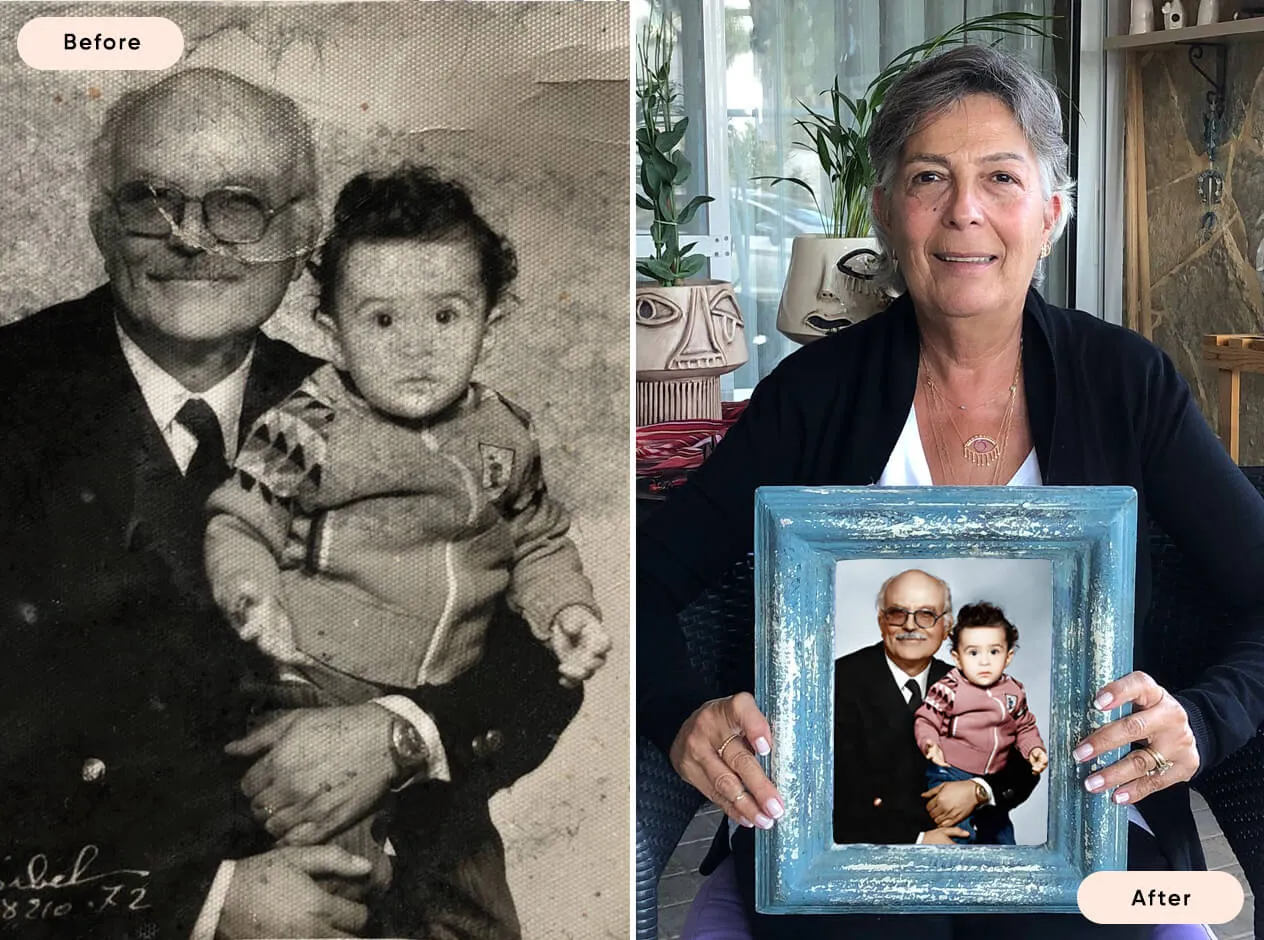Photography Techniques: Mastering the Rule of Thirds
Photography is an art that allows individuals to express their creativity and capture moments in time. One of the foundational techniques in photography is the rule of thirds, a compositional guideline that aids in creating balanced and engaging images. In this article, we will explore what rule of thirds photography is, when it's useful, the essential gear needed, and a step-by-step approach to capturing stunning images using this technique.
What is Rule of Thirds Photography?
The rule of thirds is a fundamental principle in photography that suggests dividing an image into nine equal parts by using two equally spaced horizontal lines and two equally spaced vertical lines. This creates a grid of nine segments, and the key elements of the image are positioned along these lines or at the intersections. The rationale behind this technique is that placing subjects off-center creates a more dynamic and interesting composition compared to simply centering them.
By aligning subjects with the gridlines, photographers can lead the viewer's eye through the image and create a sense of balance. It’s important to note that while the rule of thirds is a guideline, it can be broken for creative purposes, offering photographers the flexibility to experiment with various compositions.
When is the Rule of Thirds Photography Technique Useful?
The rule of thirds is particularly useful in several scenarios, making it a versatile tool in a photographer’s arsenal:
Landscape Photography: When capturing scenic vistas, placing the horizon along the top or bottom third of the image can enhance the visual impact. This positioning allows more focus on either the land or sky, creating a more dramatic effect.
Portrait Photography: In portraiture, positioning the subject’s eyes along the top horizontal line engages viewers and draws them into the image. This technique creates a sense of intimacy and connection between the subject and the observer.
Still Life Photography: When composing still life images, utilizing the rule of thirds can help in distributing visual weight evenly across the frame, leading to aesthetically pleasing arrangements that invite the viewer's gaze.
Action Shots: For sports or wildlife photography, placing the subject along a vertical line can suggest movement and direction, making the image more compelling and energizing.
Each of these scenarios allows photographers to manipulate composition to tell a story, evoke emotions, and captivate their audience.

Essential Gear for Rule of Thirds Photography Images
While the rule of thirds is primarily a compositional technique, having the right gear can enhance the effectiveness of this approach. Here are some essential tools:
Camera: Any camera, from smartphones to DSLRs, can be used to apply the rule of thirds. However, a camera with manual settings offers more creative control over exposure and focus.
Tripod: A tripod stabilizes the camera and allows for precise framing. This is especially important in landscape photography, where even the smallest camera shake can ruin a shot.
Grid Lines Feature: Many cameras and smartphone apps offer a grid lines feature that visually divides the frame into thirds. Activating this feature can assist in aligning elements as you compose your shot.
Editing Software: Post-processing software can help in finalizing your image. Cropping an image to fit the rule of thirds more effectively is a common practice, so having reliable editing software is essential.
Lens Choices: Different lenses can impact composition. Wide-angle lenses are perfect for landscapes, while portrait lenses can beautifully capture detail. Understanding how different lenses affect composition can help in applying the rule of thirds more effectively.
How to Capture Rule of Thirds Photography Photos: A Step-by-Step Approach
Capturing images that effectively utilize the rule of thirds can be a rewarding experience. Follow this step-by-step approach to enhance your photography:
Step 1: Visualize the Rule of Thirds Grid
Before raising your camera, mentally divide your frame into thirds both horizontally and vertically. If your camera has a grid function, enable it to assist in composition.
Step 2: Identify Your Subject
Determine the focal point of your image. Whether it's a person, a tree, or a skyline, make sure it aligns with the grid lines or intersections.
Step 3: Compose Your Shot
Adjust your camera position until your subject aligns perfectly with the rule of thirds. Consider the surrounding elements in the frame and how they interact with your main subject.
Step 4: Adjust Focus and Exposure
Once you have composed your shot, set your focus on the subject and adjust the exposure settings to capture the desired lighting conditions.
Step 5: Review and Capture
Before pressing the shutter button, take a moment to review your composition. Make any necessary adjustments to ensure your subject remains prominent within the rule of thirds framework, then capture the image.
Step 6: Edit and Refine
Post-processing is where you can further enhance your image. Utilizing editing software, you can crop the image to better fit the rule of thirds, adjust lighting, and enhance colors.
Conclusion
Mastering the rule of thirds is essential for any photographer looking to elevate their composition and create visually striking images. By understanding this fundamental principle, employing the right gear, and following a structured approach to capture images, photographers can unlock new levels of creativity and storytelling in their work. Whether you're shooting landscapes, portraits, or action shots, the rule of thirds provides a timeless guideline that can transform ordinary photographs into captivating works of art.

Or Get YourMoney Back
back your money in the rare case you are not satisfied with the quality of your
damage-free pictures. Only $38 for most image restorations regardless of damage

All rights reserved.